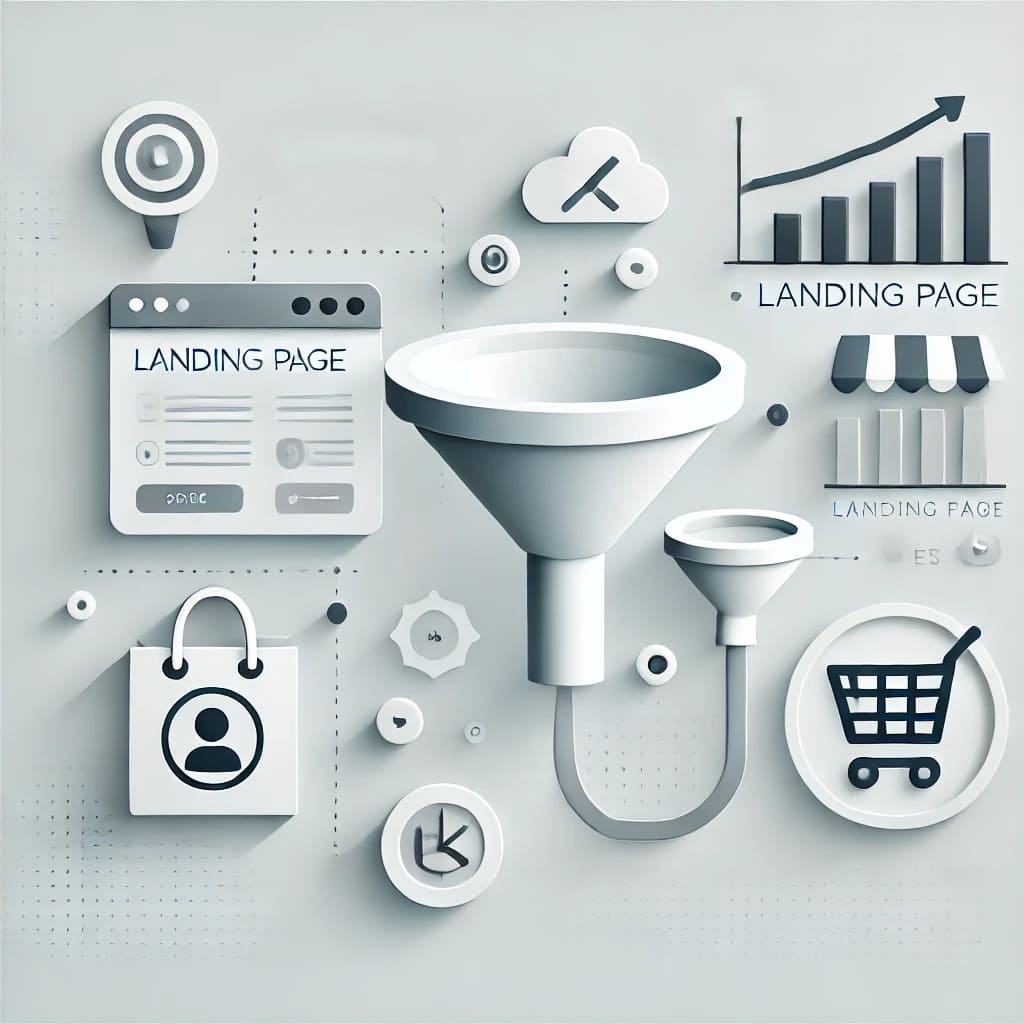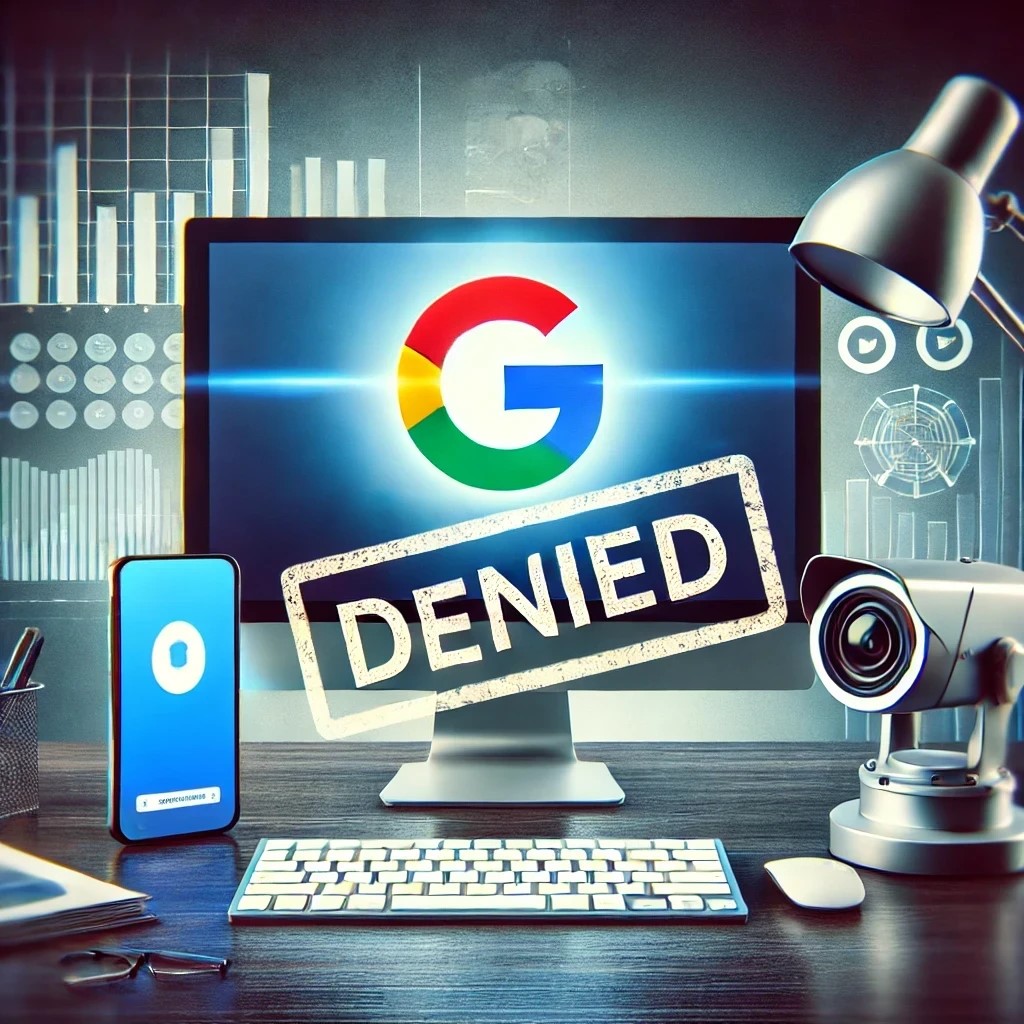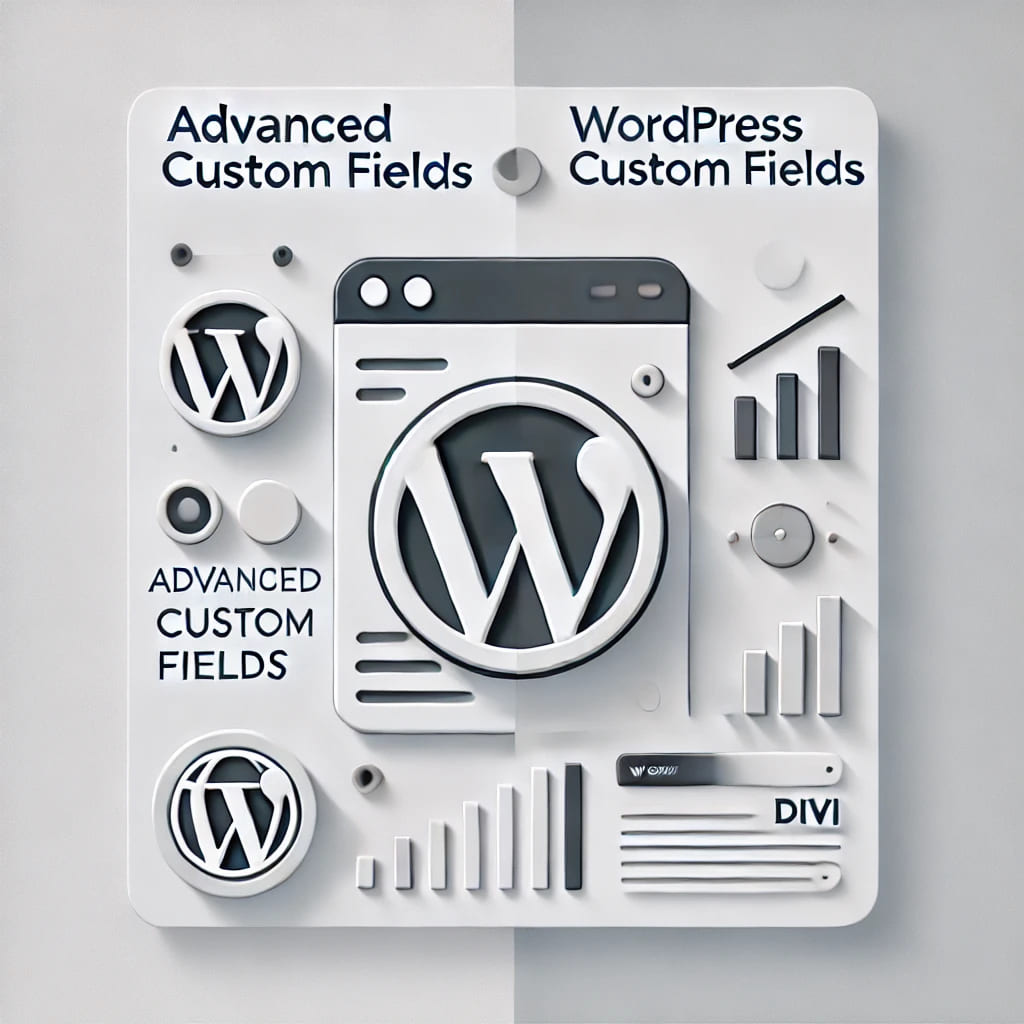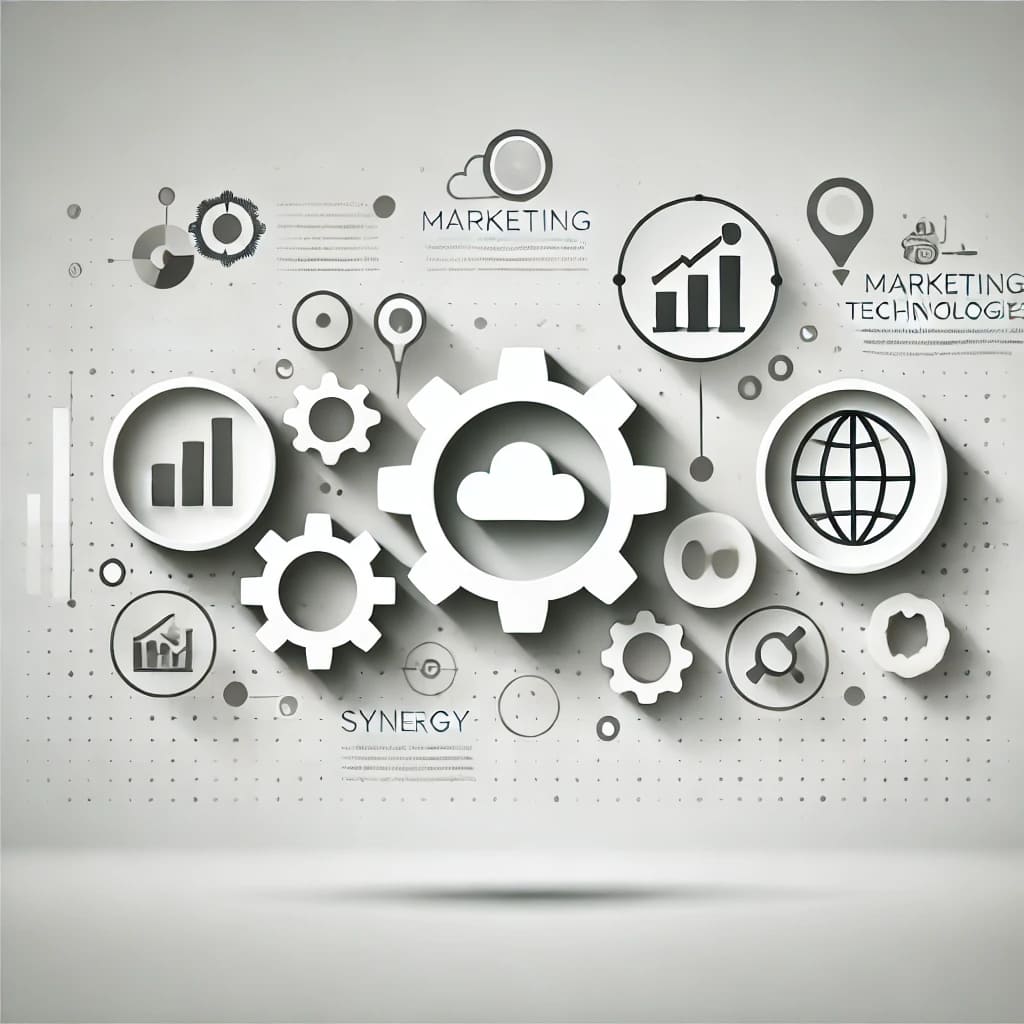Introduction
Landing pages and sales funnels are critical components of digital marketing strategies. They serve as the bridge between marketing campaigns and actual sales, guiding potential customers through a journey that ideally ends in a conversion. This article aims to provide an in-depth understanding of how to create effective landing pages and sales funnels for specific marketing campaigns.
The Importance of Landing Pages and Sales Funnels
- Lead Capture: Landing pages are often the first point of interaction with a potential customer. They serve as a mechanism to capture leads for further nurturing.
- Conversion Optimization: Sales funnels are designed to move potential customers from awareness to consideration and finally to making a purchase.
- Campaign Specificity: Both landing pages and sales funnels can be tailored to specific marketing campaigns, making them highly effective for targeted marketing.
- Data Collection: These tools provide valuable data that can be used to refine marketing strategies.
Key Elements of Effective Landing Pages
- Headline: The first thing visitors see; it should be compelling and directly related to the marketing campaign.
- Subheadline: Provides additional information that supports the headline.
- Images/Videos: Visual elements that help to explain, showcase, or support the product or service.
- Call to Action (CTA): The action you want visitors to take, such as signing up for a newsletter or making a purchase.
- Social Proof: Testimonials, reviews, or logos of companies that have used the product or service.
Anatomy of a Sales Funnel
- Awareness Stage: The top of the funnel where potential customers first become aware of your product or service.
- Interest Stage: Potential customers are interested and are doing research, often consuming content like blogs, eBooks, or webinars.
- Consideration Stage: Prospects are comparing your offering against competitors.
- Intent Stage: Prospects are showing signs of intending to make a purchase.
- Purchase Stage: The actual transaction takes place.
- Loyalty and Advocacy: Post-purchase engagement aimed at turning customers into repeat buyers and advocates.
Strategies for Effective Landing Pages and Sales Funnels
- A/B Testing: Always test different versions of landing pages to see which elements are most effective.
- Personalization: Use data to personalize landing pages and funnel stages for different customer segments.
- Retargeting: Use retargeting strategies to bring back potential customers who have interacted with your landing page but did not convert.
- Multi-Channel Funnels: Integrate various marketing channels like email, social media, and PPC into your sales funnel for a more comprehensive approach.
Best Practices
- Consistency: Ensure that the messaging is consistent throughout the landing page and the sales funnel.
- Simplicity: Keep the landing page and sales funnel simple and focused on the goal.
- Speed: Page load speed can significantly impact conversions; optimize for speed.
- Mobile Optimization: Ensure that landing pages and funnels are optimized for mobile users.
- Analytics: Use analytics tools to track performance and make data-driven adjustments.
Conclusion
Landing pages and sales funnels are more than just standalone elements; they are integral parts of a cohesive digital marketing strategy. By understanding their roles and features, marketing and sales professionals can create more effective, targeted campaigns that not only capture leads but also drive them towards conversion. This module has provided the tools and knowledge needed to implement these critical components successfully.



